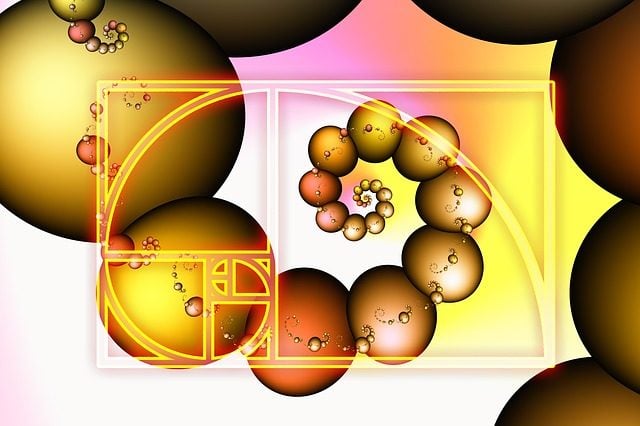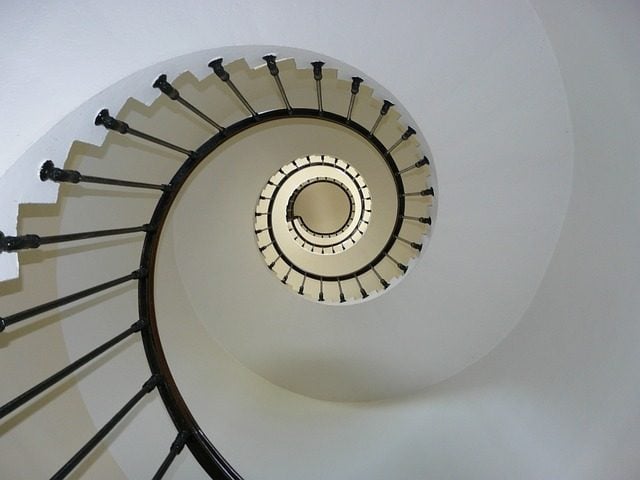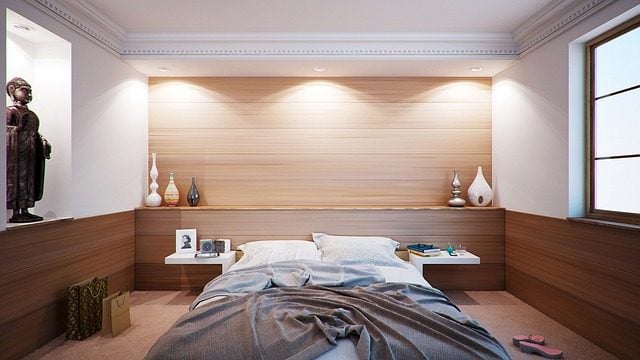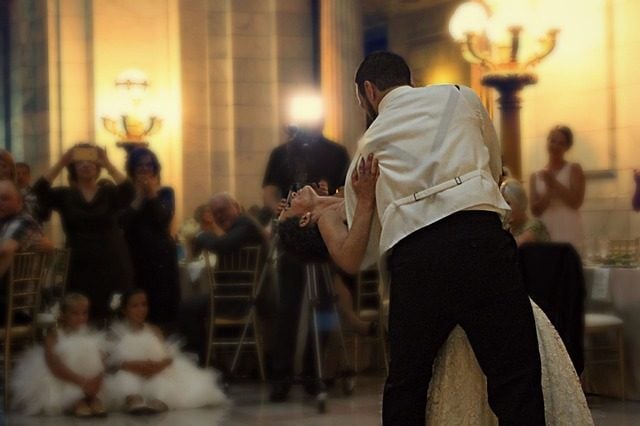BLOGS
Golden Ratio In Interior Design
The golden ratio is a mathematical ratio that has fascinated people for centuries. It can be found in nature, architecture, and art. The Greeks used it to design their temples and sculptures, and many artists used it to inspire their work. This article will discuss the golden ratio in design, why it’s essential, and how to use it when designing your home or office space.
Do Designers Use the Golden Ratio?
Designers have used it in design for centuries. Pythagoras first described the golden ratio in the sixth century BC. He noticed that when he divided golden ratio line segments into two sections, they created a ratio of 1:1.618. This number is known as the golden ratio, or the Greek letter Phi (Φ).
This can be found in nature and the universe, from seashells to animal horns to galaxies. It is also used in design because it’s aesthetically pleasing and helps create balance when designing objects in different geometric shapes, like a golden triangle or golden angle.
One example is the iPhone XS Max. It has dimensions of 158.4 x 77.4 x 7.8 mm, which is close to the golden ratio formula Phi × 1/2 × Phi = 1.5 × 1.618 × 1 = 2 x 1 = 2 + 3/2 = 5 (the number of sides on a pentagon).
What is It in Simple Terms?
The golden ratio is 1.6180339887. It is a widespread number in nature and art, and in many cases, it can be found with the help of the Fibonacci sequence.
Artists have studied the golden ratio for centuries, but mathematicians have recently begun understanding the golden ratio’s significance. The golden ratio is also known as Phi or the divine proportion.

Artists have used it throughout history because it is considered aesthetically pleasing. It can be found in everything from architecture to music and even DNA molecules (where it is often represented as phi).
Artists often use this ratio in their paintings or sculptures because they believe that works of art that use this ratio will appear more attractive than those which don’t use it at all or do not use it correctly. It’s used in all shapes and sizes such as golden rectangles. golden ratio circles, golden spirals, and golden triangles.
How is It Used in Interior Design?
In interior design, it can create a pleasing and harmonious room divine proportion. For example, a room in Crosswinds Tagaytay with dimensions in the golden ratio will feel more balanced and visually appealing than a room with dimensions not in the golden ratio. Additionally, the golden ratio can be used to determine furniture placement, window sizes, and artwork placement in a in a luxury house and lot in Metro Manila.
Also, it can be used to determine the correct size of a room’s furnishings. For example, if you want a couch that is one-third of the length of your living room in Forresta, then you would measure the length of your living room and divide it by three (or multiply by 0.33).
Why is It Important?
The golden ratio, also known as the golden mean or golden section, is a mathematical ratio that is approximately 1.618. This number has been found to occur naturally in many settings, from the golden proportion of the human body to the golden spiral of a nautilus shell. Artists and architects have also used the golden ratio throughout history to create pleasing and balanced compositions.
Today, the golden ratio continues to be an essential tool for designers across various fields, including graphic design. Because it is based on mathematics, the golden ratio can provide a consistent and reliable way to create harmonious designs. In addition, the golden ratio is visually appealing to the human eye, making it a valuable tool for creating beautiful and eye-catching compositions.
What Are Examples of the Golden Ratio?
The golden ratio has been used throughout history in different fields, including architecture, art, and design. Some famous examples of the golden ratio include the Parthenon in Athens, the Great Pyramid of Giza, and Leonardo da Vinci’s painting of the Vitruvian Man. The golden ratio has also recently been used in digital design and web development
For example, many websites use a layout based on the golden ratio, with content appearing roughly 1.618 times wider than tall in a golden rectangle shape. The golden ratio rectangle can create pleasing and harmonious compositions when used correctly.

Why is 1.618 Called the Golden Ratio?
The answer lies in its mathematical properties. The golden ratio equals 1.618, and the Fibonacci sequence can represent it. This sequence begins with 0 and 1, and each subsequent number is the sum of the previous two. So the sequence goes 0, 1, 1, 2, 3, 5, 8, 13… And if you divide any number in the sequence by the one before it, you will get approximately 1.618.
This number pops up again and again in nature, from the golden ratio spiral shape of a nautilus shell to the petals of a sunflower. The golden ratio has also been used extensively in art and architecture, from Leonardo da Vinci’s Vitruvian Man to the Parthenon in Athens.
Its precise and harmonious proportions and harmonious balance are considered aesthetically pleasing to the eye. So next time you see something that looks especially beautiful or well-designed, there’s a good chance that the golden ratio was used in its creation.
How Can the Golden Ratio Be Used in Architecture and Interior Design?
The golden ratio can be used when designing anything from buildings to homes in Brittany Santa Rosa, as it’s been found that people find these spaces more aesthetically pleasing and comfortable. If you’re building a new home or office space, try using the golden ratio in its design. This can include things like:
The dimensions of each room (length and width)
You can use the golden ratio with the dimension of each room in any space in Georgia Club. For example, if you’re building a home with three bedrooms and two bathrooms, the golden ratio would suggest that each room should measure approximately 14 feet by 11 feet.
This creates a balance between the spaces while also being aesthetically pleasing. Additionally, the rooms should all have windows and doors approximately equal in distance from each other. This creates an open and airy feel, ideal for any home or office space.

The space between furniture items in a room
The golden ratio can also determine the appropriate space between furniture items in a room. For example, if you want to create an open and inviting living room area in Portofino Alabang, avoid placing two couches directly across from each other. Instead, consider putting one couch against the wall with a coffee table in front.
This will give the room a feeling of spaciousness and allow for more movement. If you have a larger space, consider placing two couches at different angles so they are not directly across from each other. This will also create more open areas in your living room area.
The size of windows and doors compared to their openings
Lastly, you can also use the golden ratio regarding the size of your windows and doors concerning their openings. You can use this to determine if your room has enough light in your pre selling lot for sale. If a window or door size is less than half its opening, it will make your space feel small.
However, if the size is more than double its opening, it will feel large and airy. The general rule of thumb is that the size should be between one-third and two-thirds of the opening.
Final Thoughts
To summarize this article, the golden ratio can be used to determine the perfect size for your room. It is not a law that needs to be followed, but it does provide a good starting point when designing your space. The ratio itself is based on natural proportions that occur in nature, so it makes sense that they would also work well in interior design as well.
Suggested Read: Where To Find Luxury House And Lot Properties In Alabang
Suggested Read: Why Sustainability Is Important In Real Estate
Suggested Read: Best Spots To Catch The Golden Hour In Laguna
Suggested Read: Should You Buy A Home Right Now
Suggested Read: The Beauty Of The Golden Hour















